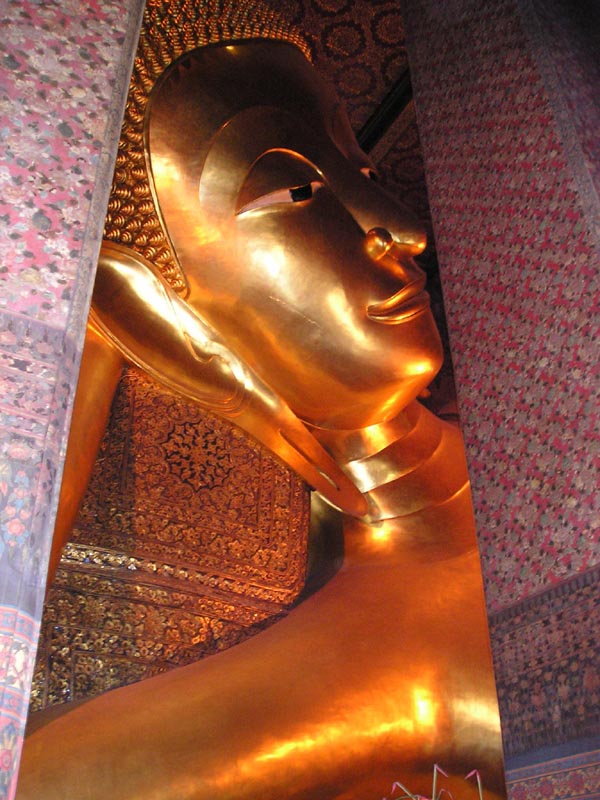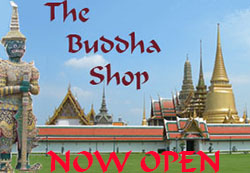History of Wat Pho
History of Wat Pho: Thailand’s Reclining Buddha
Its unique location is one of the things that make Wat Pho a popular tourist attraction when visiting Bangkok. It is conveniently located near the vicinity of the Grand Palace across from The Temple of The Emerald Buddha. Another factor that makes this a hard sell is the Reclining Buddha that nestles within. It is one of the six first class Royal temples in Thailand and is officially named as Wat Phra Chetuphon Wimonmangkhalaram. It is also the oldest and largest complex in Bangkok which houses about one thousand Buddha images aside from the large 46 meter long Reclining Buddha image.
The Reclining Buddha was built in 1832 during the reign of King Rama III. The image was made to show the passing of Buddha from his final Nirvana after death. The soles of the image feet are inlaid with mother-of-pearl. Bronze bowls that look alike are posted around the image to hold the visitor’s coin donations. People donate these coins believing that this will bring them good fortune.
Murals can be found inside the temple which dates scenes from as far as during the rule of King Rama III. These murals show the former lives of Buddha since Buddhism believes in reincarnation. A Boddhi tree stands in a small garden near this temple. The tree is a descendant of the original Boddhi tree where it was believed that Buddha had his enlightenment. To the South side lies the monk’s living quarters and a school.
Huge Chinese warrior statues guard the entrances to the temple. Even if there are 100 chedis or pagodas along the temple’s complex, four of which are especially dedicated to the first four Kings of the Chakri dynasty. These chedis have some of the ashes of the four kings from King Rama I to King Rama IV. The walls outside have bas relief’s made out of marble stone cuttings which shows scenes from the epic Ramakien. There is an entire story about these relief’s and how the images were copied, originally by the temple monks and sold to the tourists. Read more about this at ThaiThempleRubbings.com.
Ramakien: Looking At Thailand’s colorful National Epic
There is nothing new about this epic since it was derived from the Indian epic of Ramayana. As with other great stories, there are many versions of this epic but sadly it was lost during the 1767 destruction of Ayutthaya (Thailand’s former capital). The most well-known version of the story is retold but is change to fit the Kingdom of Siam. It is clearly Ramakien Thai style.
Ramakien stands for Glory of Rama. Ramayana to which it was derived from is one of the greatest epics of Nepal and India. In a nutshell, Ramayana explores human values and the concept of dharma. In Buddhism, dharma is believed to be “cosmic law and order”. Simply put it is following the path of righteousness. Hindus believe dharma to be the foundation of life.
Thai Monks and Thai Healing in Wat Pho
A visit to Bangkok will not be complete without a Thai massage. Actually, Thai people believe that there is more than meets the eye as far as Thai healing is concerned and it all revolves around Wat Pho. It is considered to be the first higher center of learning when it comes to Thai massage and healing.
This ancient art of using pressure along the muscular and nervous system has been used in Thailand during the 12th century particularly in the Sukothai period. The methods were improved until finally the a new centre of learning was built in Wat Pho. There are many tablets that contain the instructions on how to practice this art. The information also includes different herbal cures for all kinds of ailments. The herbs were conveniently planted around the vicinity of the temple.
There is so much more to see when visiting Wat Pho in Bangkok. It is not just a lesson about Thai history but a learning experience about Buddhism and Thai methods of healing.


